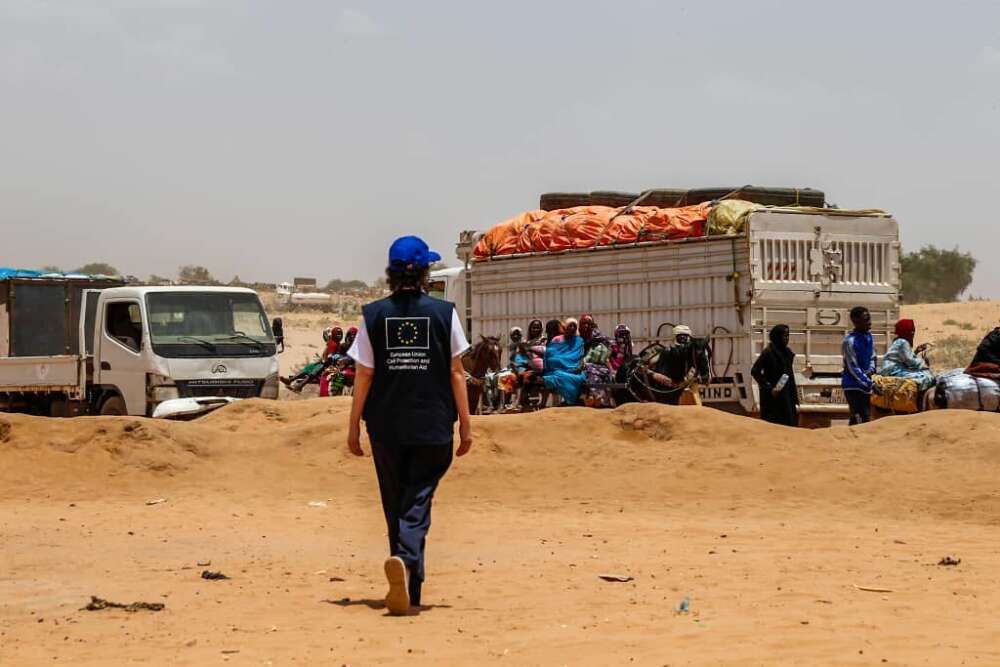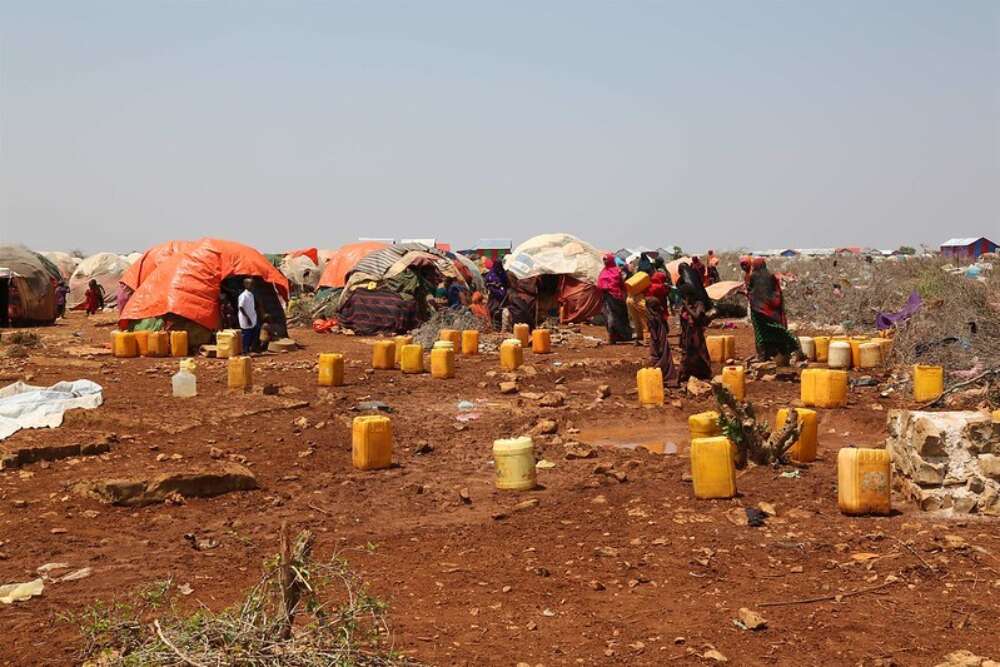Der Cluster-Ansatz in der humanitären Hilfe
Abstract English
In 2005, international organizations introduced the cluster approach as part of humanitarian reform efforts. The approach aims at making humanitarian coordination more predictable by introducing sectoral coordination with designated lead organizations at the global and country levels. The lead organizations are responsible for convening coordination meetings and stepping in where gaps arise in the response of their sector. Since 2005, the system has evolved from an initially loosely defined mechanism to a dynamic and predictable coordination system. A recent evaluation of the cluster approach concluded that despite persistent shortcomings in the system, it has yielded significant positive results so far and bears an important potential for further improving humanitarian response.
Abstract Deutsch
Im Zuge der humanitären Reform haben internationale Organisationen im Jahr 2005 den so genannten Cluster-Ansatz eingeführt, um ihre Arbeit in den verschiedenen humanitären Sektoren besser zu koordinieren. In den ersten sechs Jahren seines Bestehens hat sich der Cluster-Ansatz vom anfänglich unklar definierten Mechanismus zu einem berechenbaren und dynamischen System entwickelt. Eine Evaluierung des Ansatzes im Jahr 2010 kam zu dem Schluss, dass sich die Bemühungen trotz einiger weiter bestehender Schwachpunkte gelohnt haben.
To read the full article, please download the publication ↓







